
The benefits of physical fitness for kids spill over into their mental health, new research shows. Getting plenty of exercise may guard against depressive symptoms, anxiety and attention-deficit hyperactivity disorder (ADHD), a new study published April 29 in the journal JAMA Pediatrics found. And the more exercise, the better: Higher performance in cardiovascular activities, strength and muscular endurance were each associated with even greater protection against mental health issues. The findings arrive as America continues to grapple with a surge in mental health diagnoses among children and adolescents. The new study, conducted by researchers in Taiwan, compared data from the Taiwan National Student Fitness Tests and the National Insurance Research Database, which records medical claims, diagnoses, prescriptions and other medical information. The researchers used the anonymous data to compare students’ physical fitness against their mental health. The risk of mental health disorder was weighted against cardio fitness, as measured by a student’s time in an 800-meter run; muscle endurance, indicated by the number of sit-ups performed; and muscle power, measured by the standing broad jump. What did they discover? Higher performance in each activity was linked with a lower risk of a mental health disorder. For instance, a 30-second decrease in the 800-meter time was associated with a lower risk of anxiety, depression and ADHD in girls. In boys, it was associated with lower anxiety and… read on > read on >










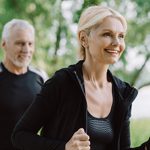

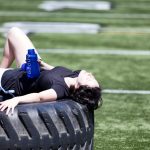
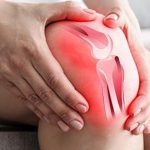
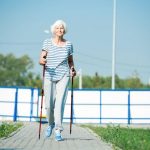


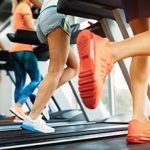

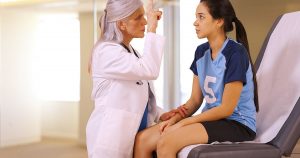






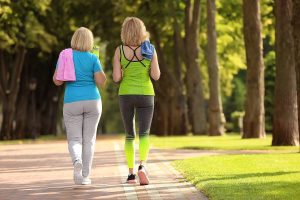










-300x200.jpg)
